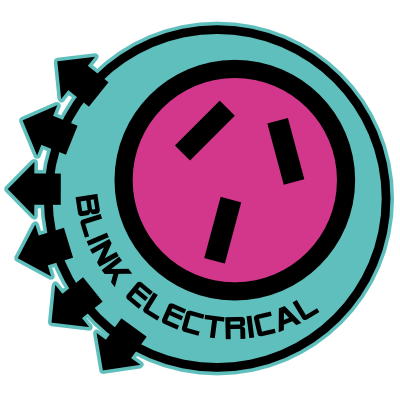Data Cabling - Which is the best choice of cable for your data installation.
The world of data and communications cabling can be confusing for those who are not familiar with the various types of cables available. One of the most common types of cables used in data and communications networks is the category 5 (CAT5) and category 6 (CAT6) cables. In this article, we will take a closer look at the difference between CAT5 and CAT6 cabling and highlight the advantages of CAT6.
CAT5 and CAT6 cables are both twisted pair cables that are commonly used to transmit data over Ethernet networks. Both types of cables consist of four pairs of twisted wires that are covered in a protective jacket. However, there are some key differences between CAT5 and CAT6 cables that set them apart.
Improved Signal Quality: CAT6 cables have thicker wires than CAT5 cables, which allows for better signal quality and less interference. This is particularly important in environments where there is a lot of electronic interference, such as in industrial or commercial settings.
Better Crosstalk and Return Loss Performance: CAT6 cables have stricter specifications for crosstalk and return loss than CAT5 cables. This means that they have better performance in these areas, which allows for even faster data transmission and less interference.
10-Gigabit Ethernet Support: One of the biggest advantages of CAT6 cables is their ability to support 10-Gigabit Ethernet. This means that they can transmit data at speeds up to 10 Gbps, which is much faster than the 1 Gbps that CAT5 cables can handle.
Distance Support: CAT6 cables are able to support longer distances than CAT5. CAT6 cables have a larger diameter and more twists per cm than CAT5 cables, which allows for more stable signal transmission over longer distances.
Future Proofing: With the ever-increasing demand for faster internet speeds, it is likely that the need for higher data transmission speeds will continue to increase. CAT6 cables offer a future-proof solution as they are designed to handle these higher speeds, while CAT5 cables are not.
Cost: CAT6 cable is slightly more expensive than CAT5 but the initial outlay is usually justified by the fact that your cables wont need to be replaced when CAT5 cable becomes obsolete and is no longer able to handle the demands of modern networking equipment.
Overall, while both CAT5 and CAT6 cables are suitable for data and communications networks, CAT6 cables offer several advantages over CAT5 cables in terms of data transmission speeds, signal quality, crosstalk and return loss performance, 10-Gigabit Ethernet support, distance support and future proofing.

